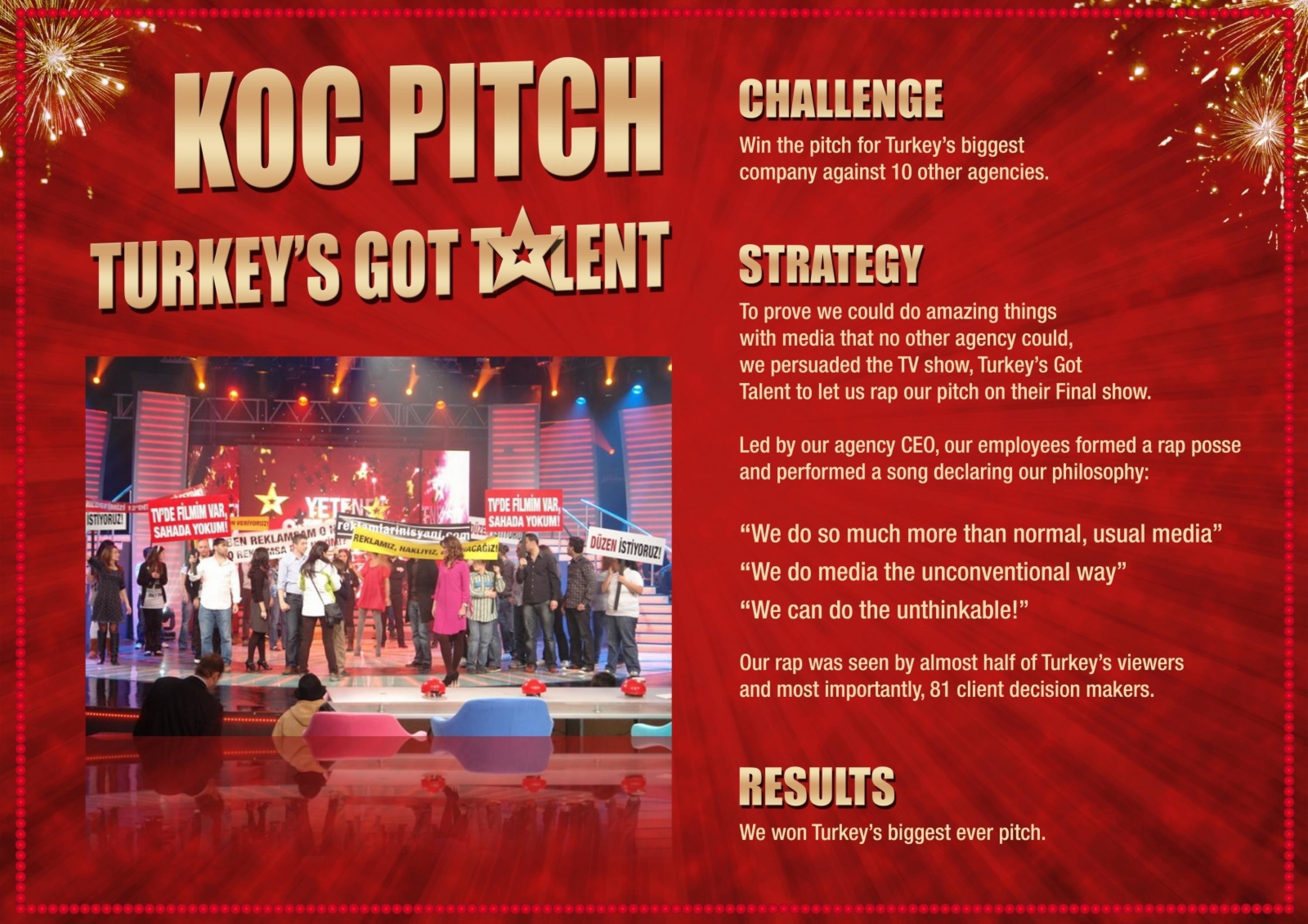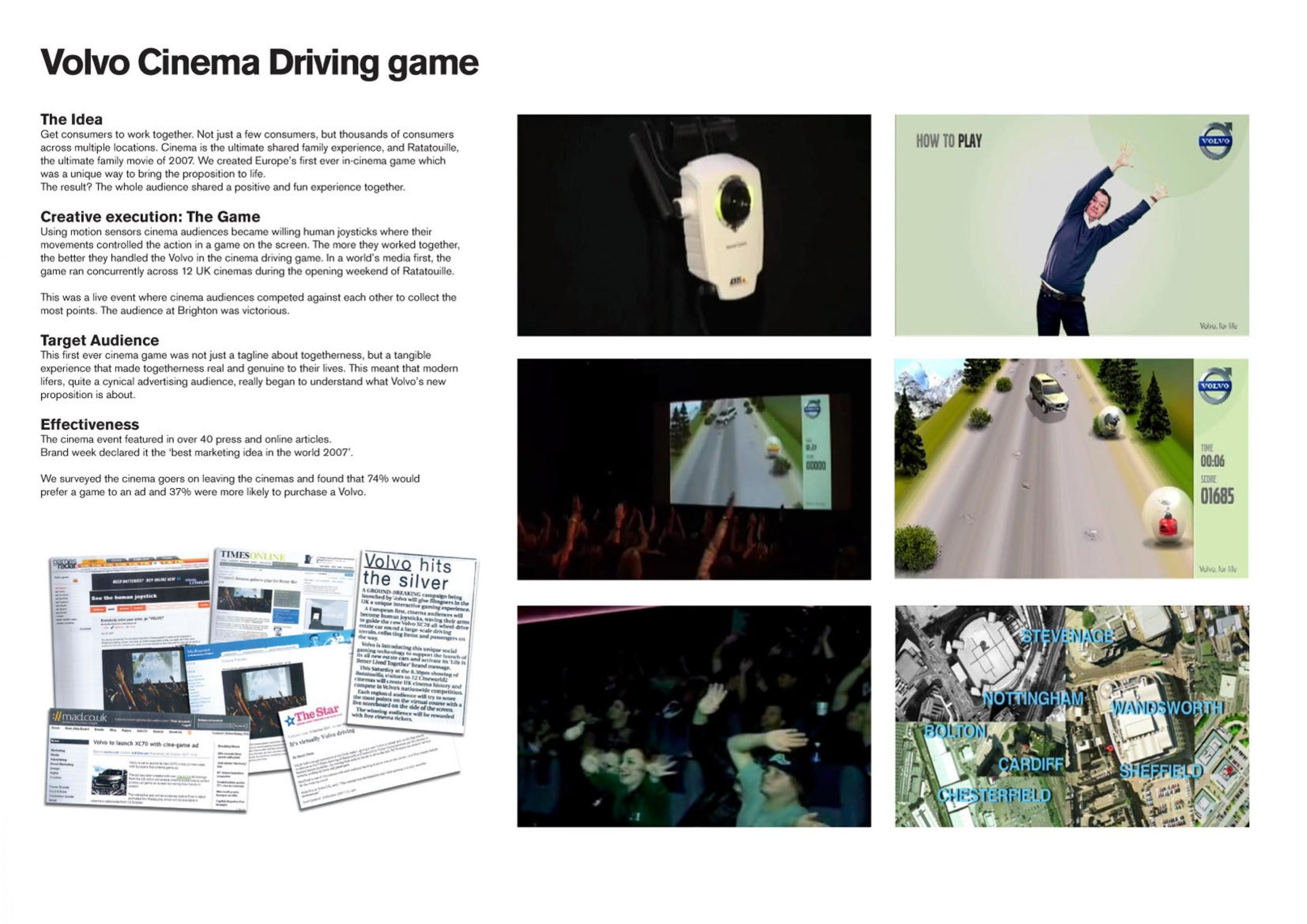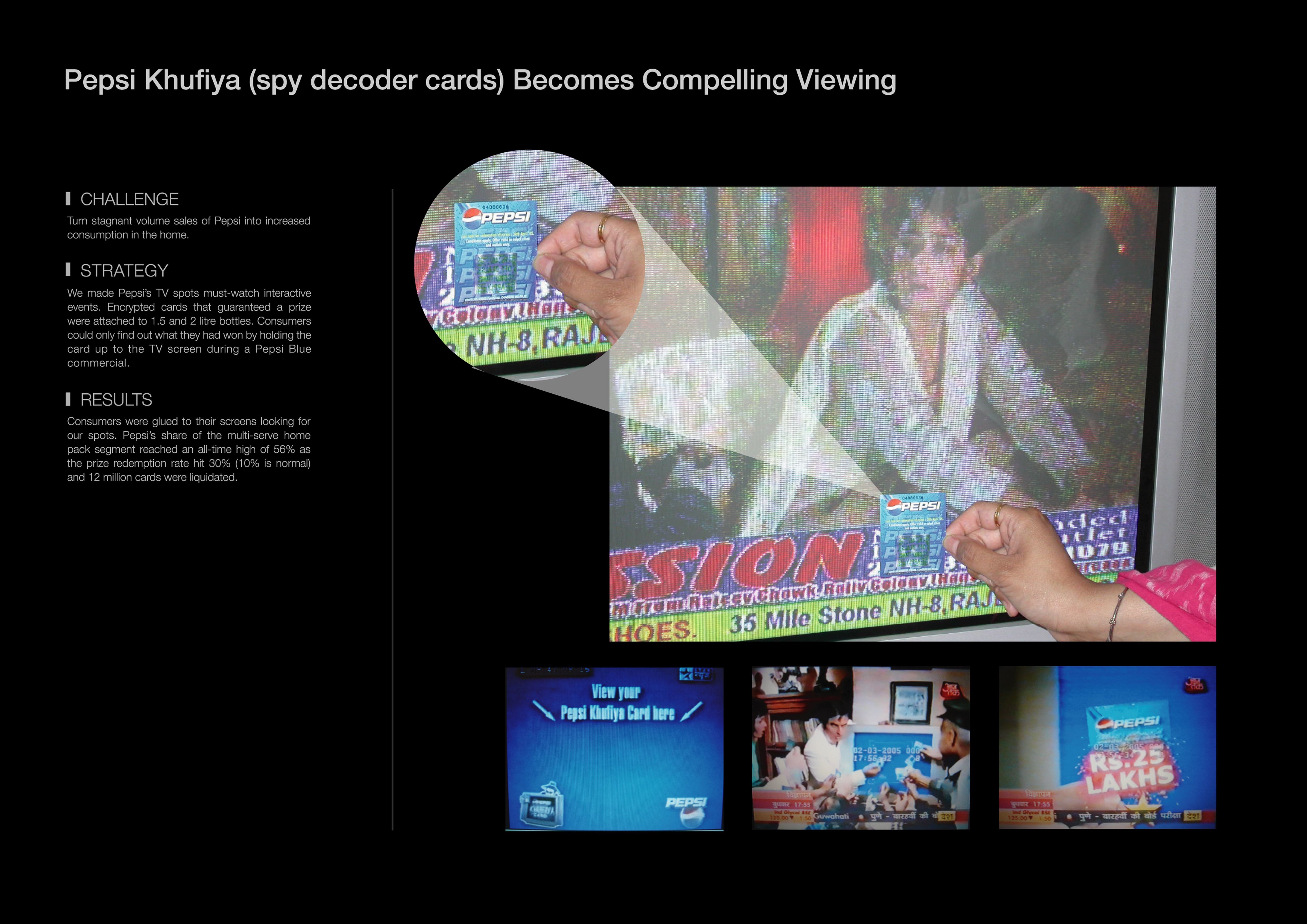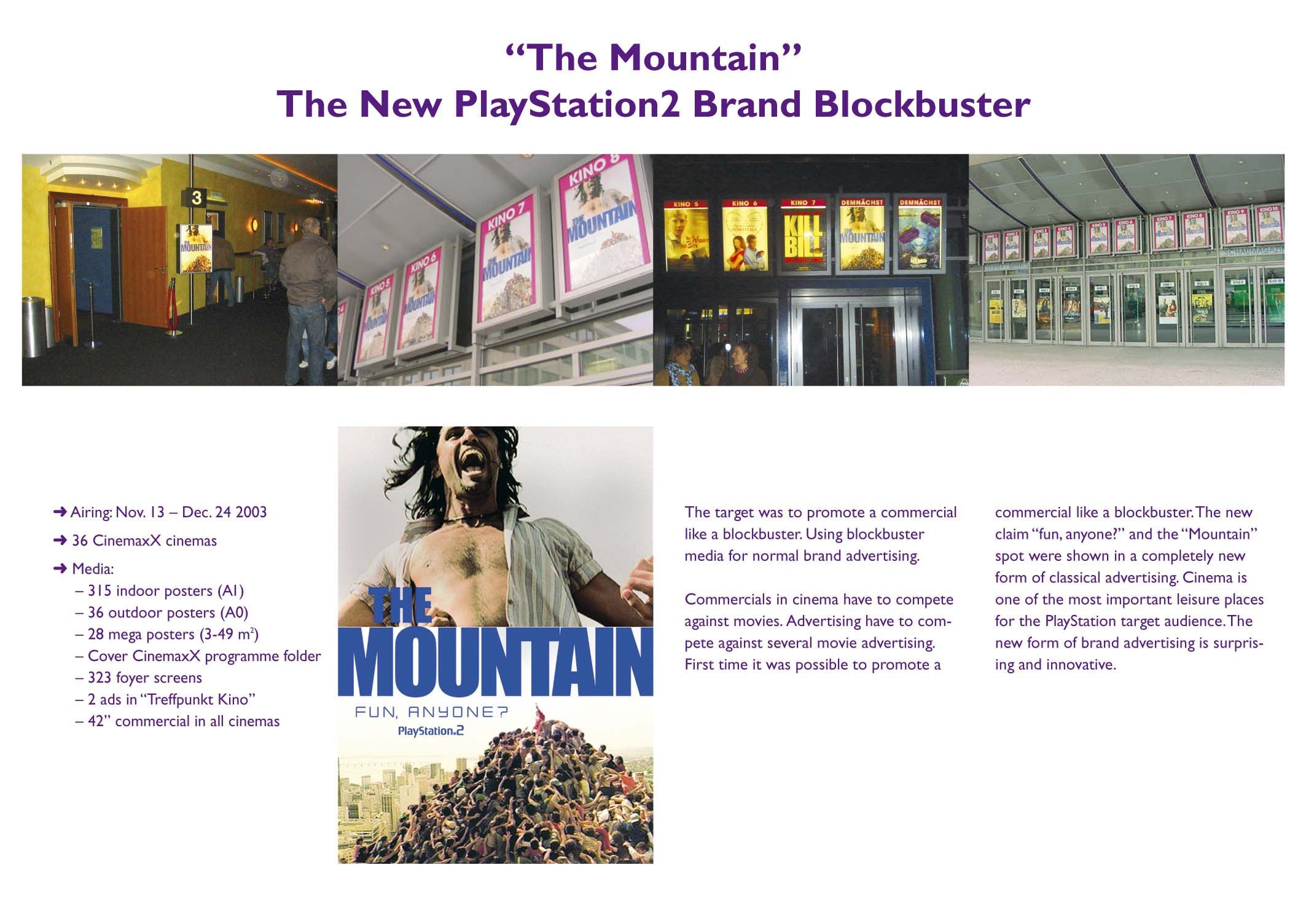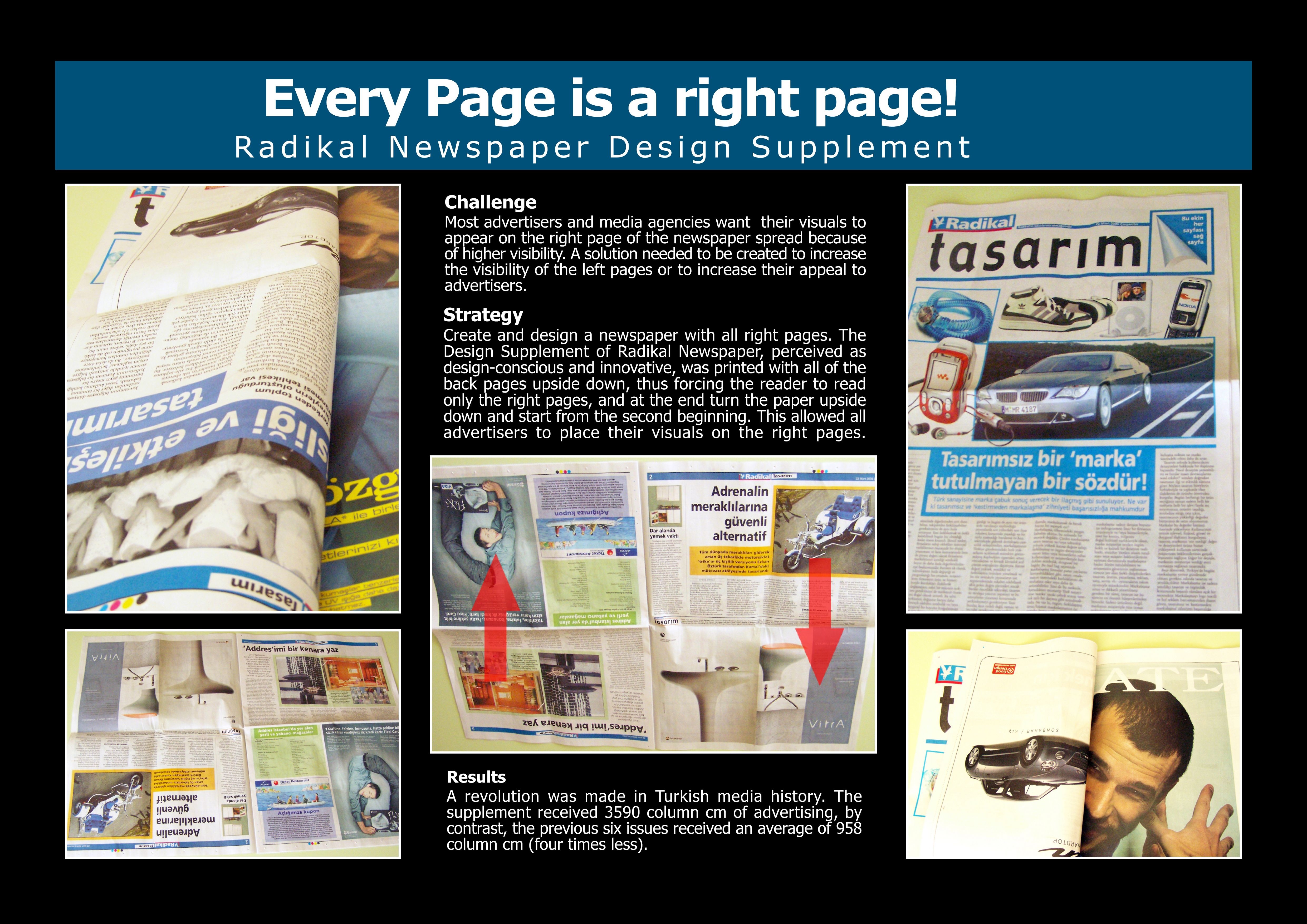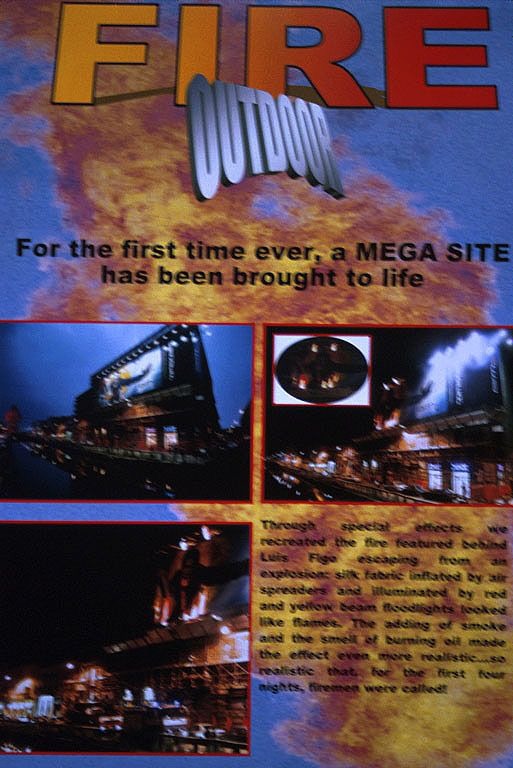Creative Data > Creative Data
THE INFECTION ALERT SYSTEM
MINDSHARE, Mumbai / UNILEVER / 2019
Awards:

Overview
Credits
Overview
Why is this work relevant for Creative Data?
This campaign made intelligent use of unstructured data on disease outbreaks from 34,000 rural health-centres to devise an Infection Alert System.
That system helped Lifebuoy reach people in the remotest villages of rural India at the best time to educate them on the importance of hand-washing with soap as the most cost-effective preventive measure against life threatening diseases like Diarrhoea and Pneumonia.
This predictive Infection Alert System helped prioritise villages for hyper-local-targeting based on incidence severity.
Infection Alerts were delivered through contextual audio communication on consumers’ mobile phones, overcoming the barriers of low traditional media reach and poor literacy rates.
Background
Seven out of ten people in India use Lifebuoy which is India’s #1 soap brand. Lifebuoy’s business is reflective of India’s rural-urban population split i.e. 70% of business comes from rural India.
The brand is guided by its purpose of empowering people to safeguard themselves against life threatening diseases, especially in rural India where most families earn less than 1 dollar a day and a disease/infection in the family can be severely debilitating – emotionally and financially.
Lifebuoy’s objective was to reach these people to drive hand-hygiene behavioural change and reduce the incidence of illness and child deaths.
The brief was to overcome media barriers characteristic of rural India i.e. low television penetration and low literacy rates rendering print and out of home ineffective and negligible internet / smartphone penetration to reach consumers when they were most vulnerable.
Describe the idea/data solution
India’s Infant Mortality Rate (IMR) is 13% higher than the global average. The situation is worse in its two most populous states, Uttar Pradesh and Bihar with an IMR of 43% and 27% higher than global average respectively.
Half of these deaths are caused by preventable diseases like diarrhoea and pneumonia and occur in rural areas.
Indians primarily eat and feed their children with their hands; not cutlery. Hand-washing with soap before meals is not a part of their regime or habit. Unwashed hands makes them and their children susceptible to diseases.
Hand-washing with soap is the single most cost-effective intervention to prevent child deaths. It is even proven to reduce diarrhoea by 45% and pneumonia by 23%.
The idea was to create a data-driven “Infection Alert System” for rural India, which is seemingly “data-dark” and “media-dark”. This warning system would activate Infection Alerts to consumers in vulnerable villages in near-real-time.
The innovation and originality of the idea was the use of unstructured data on disease outbreaks collected from 34,000 rural health centres and leveraging the feature phone as a powerful communication medium which had 6X higher reach than any other medium in rural areas.
Describe the data driven strategy
There were 4 key processes :
1. Disease database management
Data on disease outbreaks was collected from 34,000 rural community health centres across 822 sub-districts/villages. Old paper records were digitised and then algorithms used to read and load data into a structured database of 21 communicable diseases. Fresh data was added via a data-pipeline, which similarly processed raw data into the structured database.
2. Predictive analytics
Historical disease incidence was modelled to arrive at predictive incidence rates at a village level, using hierarchical time series models (Unobserved Component Model).
3. Hyper-local targeting
Predictive analysis was used to determine the level of risk for each village. If predicted severity of disease incidence for a given village was above a certain threshold then the calls would be activated.
4. Communicating in media
The target audience, being in the lower income bracket, posed a challenge because they were users of basic feature phones with no internet connectivity, hence Lifebuoy used outbound calls to deliver greater impact.
We partnered with leading telecom players to leverage a 100M mobile database which was mapped to the weekly report from the Infection Alert System to ensure disease contextual audio communication was dialled only to infection affected villages.
Describe the creative use of data, or how the data enhanced the creative output
We tapped into the Government of India’s two largest health databases
1. Integrated Disease Surveillance Program (IDSP) tracks a variety of disease outbreaks within India down to village and block level on a weekly basis.
2. Health Management Information Systems (HMIS) tracks the quality of health care available to rural populations throughout India's public health care system.
The raw data to insights journey leveraged data quality, geo intelligence tools and an entity recognition engine which involved multiple processes including:
1. Data collation across health centres at a weekly frequency,
2. Extraction from paper forms,
3. Cleansing,
4. Structuring,
5. Standardisation,
6. Cataloguing,
7. Predictive analytics and
8. Visualization for signalling infection alerts
On average, 8 million calls were dialled every week covering ~60 out of 822 prioritised and relevant sub-districts across Uttar Pradesh and Bihar. In the first 8 weeks of activity over 64 million calls (infection alerts) were made to ensure consumers took preventive measures against infections.
The call was contextual to the prevalent disease in the given village.
The Infection Alert System was a perfect example of data-driven marketing at scale and helped warn consumers at the most relevant time when vulnerability was highest.
List the data driven results
Typical infection alert call:
“Lifebuoy jingle….Greetings I am Dr. Lifebuoy. Diarrhoea is spreading rapidly in your area. Have only boiled water and cooked food. The most important thing. Before eating wash your hands with Lifebuoy”
Consumers were targeted when they were most vulnerable and hence most receptive to the communication which resulted in increased memorability and behaviour change.
The campaign drove both purpose and growth for Lifebuoy.
98% of people who remembered the call displayed spontaneous recall for Lifebuoy
65% of people who remembered the call displayed spontaneous message recall
Uttar Pradesh and Bihar saw a drop of 178,000 cases of the deadliest diseases during the campaign period.
A game-changer for Lifebuoy, the brand reaped promising business results:
1. 'Protects effectively from germs' grew by 500 bps, from 69 to 74 (target 300 bps)
2. Sales gain for UP and Bihar was 19% and 14% respectively ( target 10%)
3. Penetration gain in UP was 220 bps ( target 100 bps)
Given the success of the campaign in UP and Bihar, Lifebuoy scaled up the Infection Alert System across six additional states in India and it is now an ongoing campaign which is a sustainable success model for the future.
More Entries from Data Integration in Creative Data
24 items






